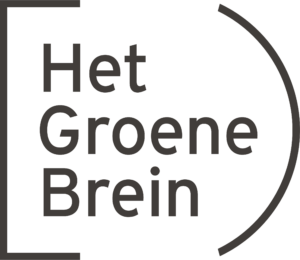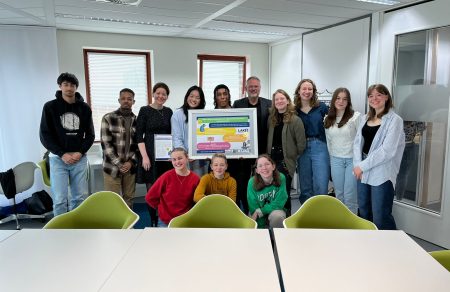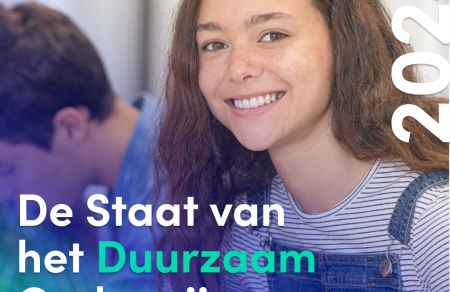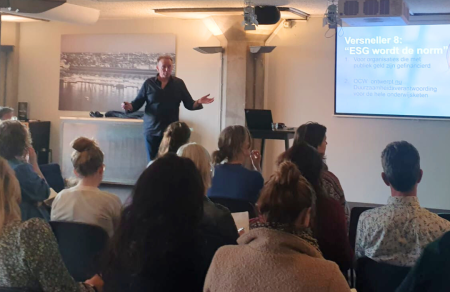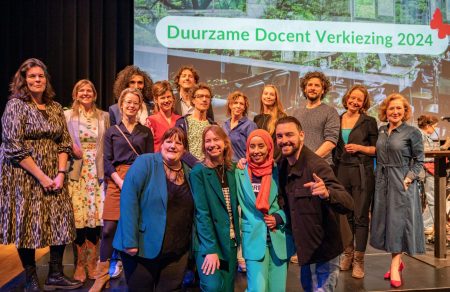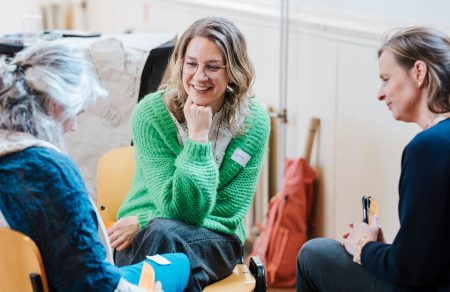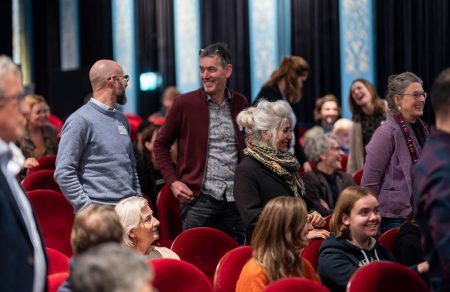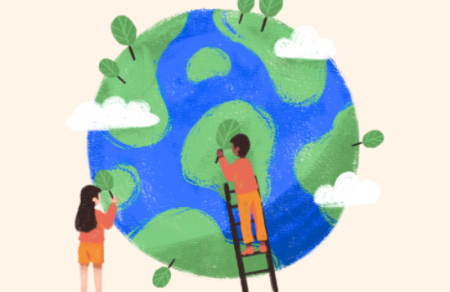In 2011, BuildUpSkills-Netherlands (BUS-NL) drew up a roadmap for preparing the construction and installation sector in the Netherlands for the energy transition of the built environment. The key question is: What actions are needed to develop skills for the energy transition in this sector? Based on this question, actions were drawn up for initial education (education that people follow before they enter the labor market, particularly (VMBO, HBO and WO) and for Post-Initial Education (education that someone follows after initial education). For both types of education, actions needed to train trainers and teachers were also considered.
The roadmap laid out 19 concrete actions. By the end of 2022, it was time to take a clear look at what has happened to the 19 lines of action. Have all the actions been implemented? Did more happen than expected, or less? This in preparation for compiling a new roadmap for the period 2023-2033.
The attached brief note discusses the activities carried out. It looks at actions carried out directly by the parties from BUS-NL as well as actions carried out as spin-offs or indirectly (by third parties). It is important to note that BUS-NL and its successor programs have focused on post-initial education and not on initial education. For each action line it is indicated what number it had in the roadmap and under which cluster of action points it is described. This makes it easy to find it in the roadmap. Here we start from the diagram from the 2011 roadmap as shown below (see Figure 1). The X axis lists all the action points, divided between post-initial and initial education. The y axis shows the classification of the actions with numbers and the expected lead time at the time. It also indicates which actor should be involved and which actor should be the initiator.
For each action line it is indicated whether implementation was below expectations, in line with expectations or above expectations.
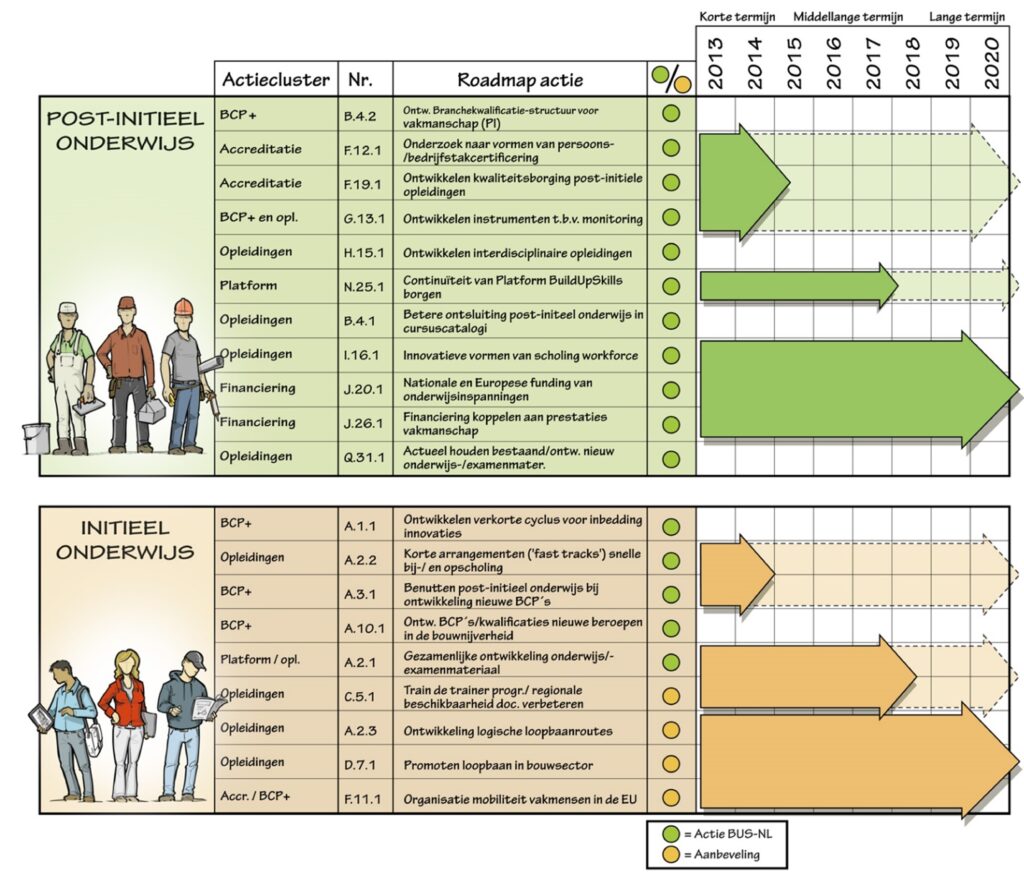
In the coming months, we are developing a roadmap for the next ten years with the network of all stakeholders involved. Do you want to be involved in this? Check out here how you can get involved! More information about the project can be found here.
